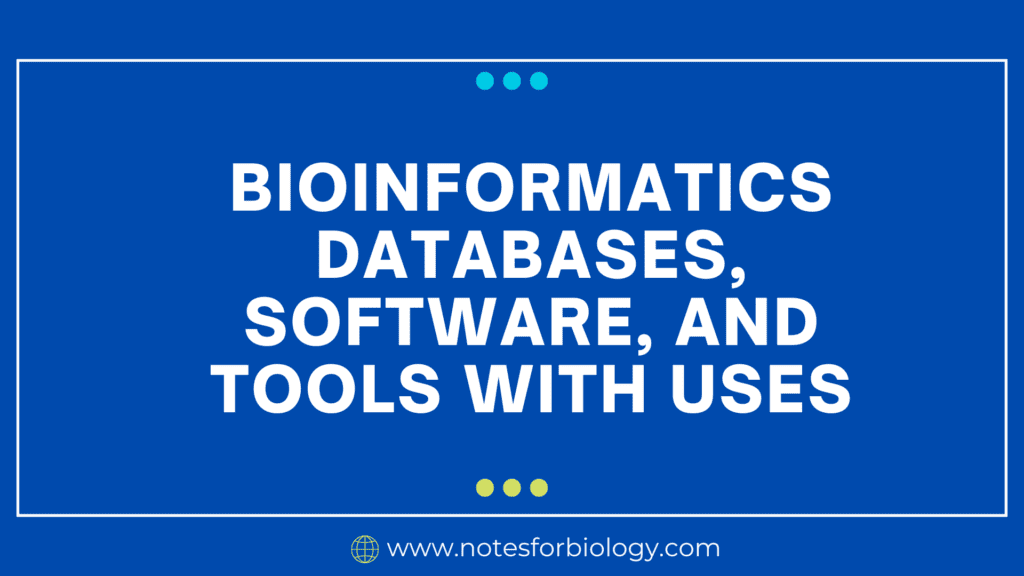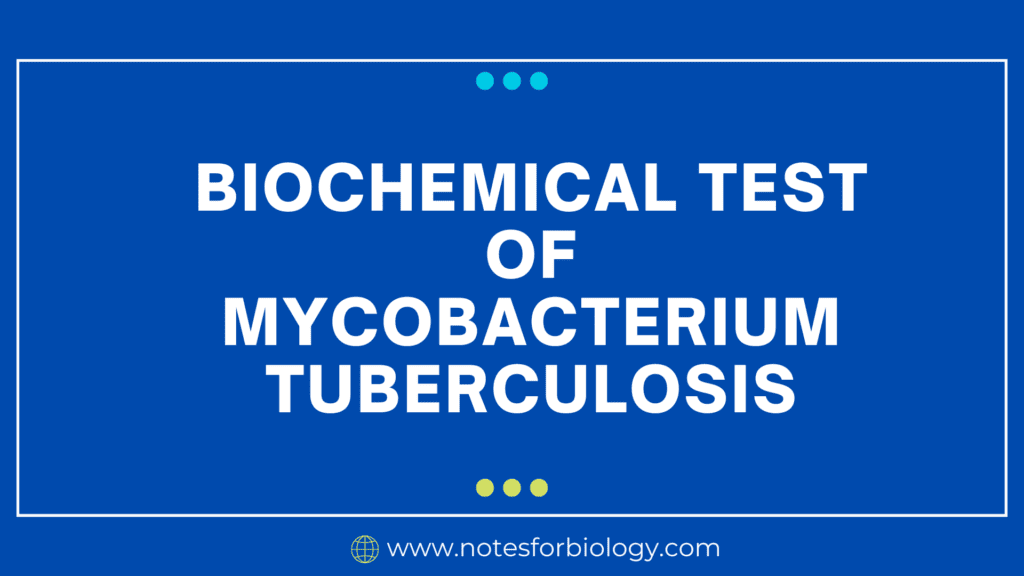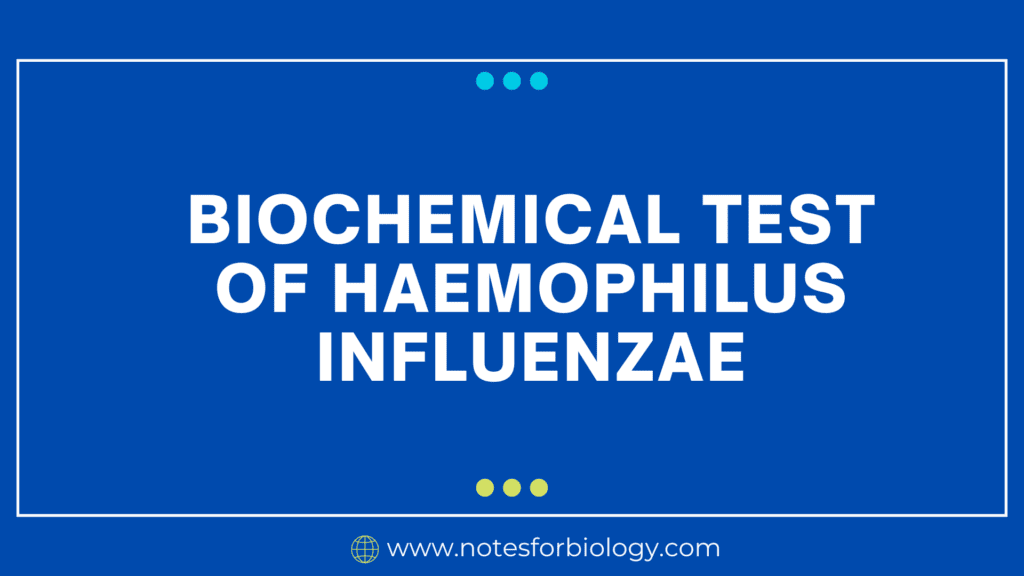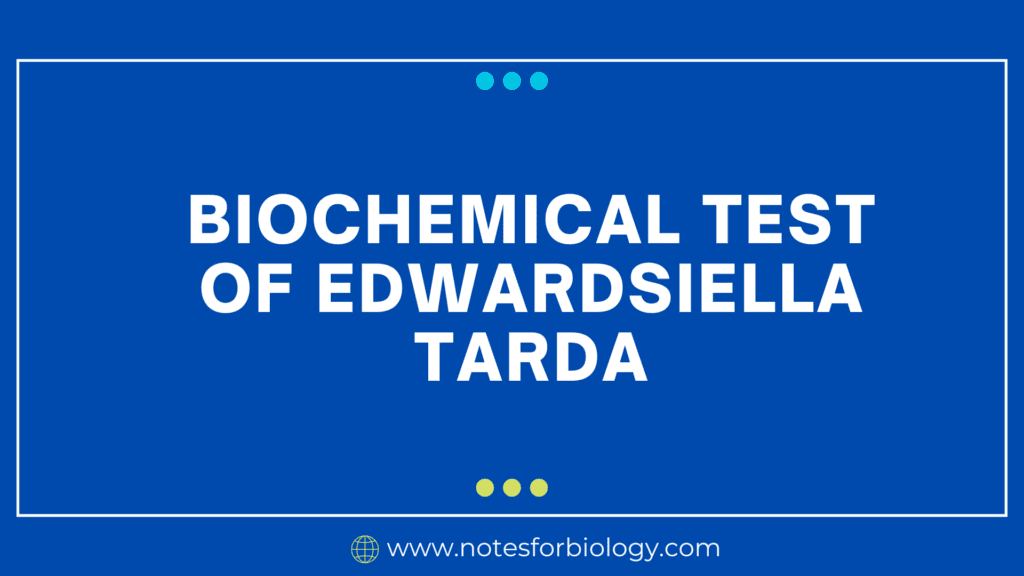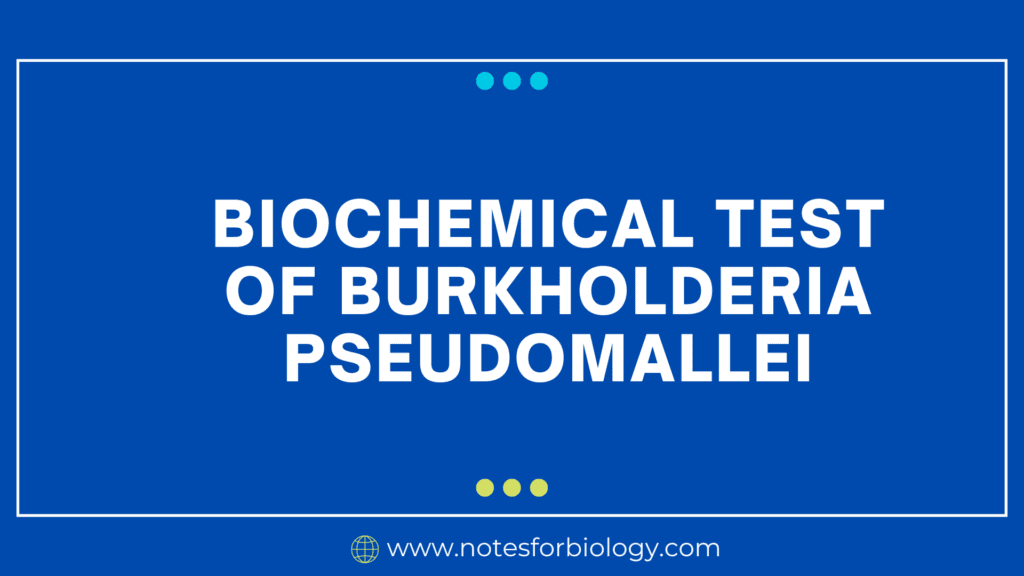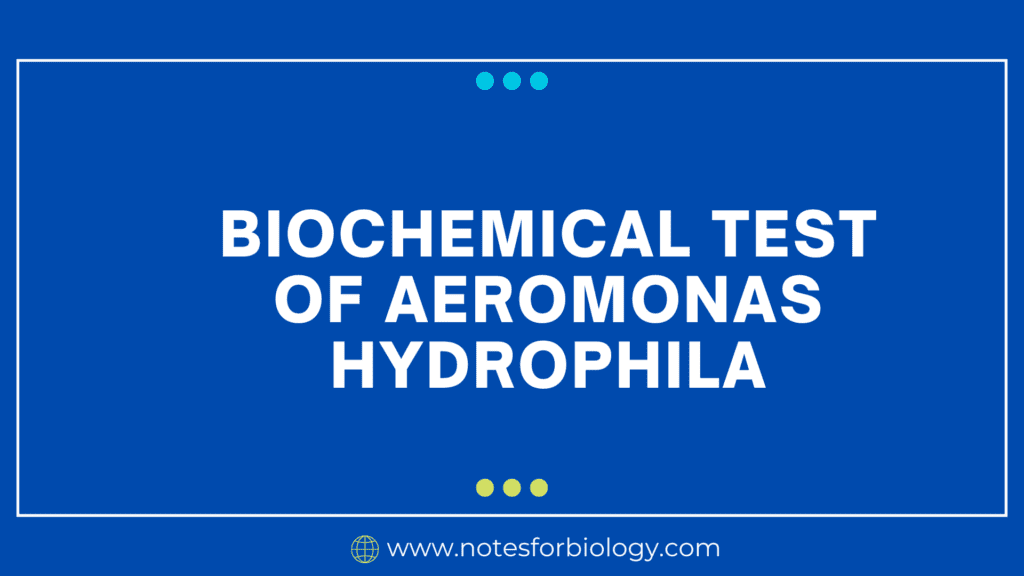Biosafety Cabinets: Definition, Classes, and Types
Biosafety Cabinet (BSC) is an enclosed, ventilated laboratory workspace known as a is intended to shield users, the surrounding environment, and work materials from potentially hazardous aerosols and splashes that may arise from handling potentially hazardous materials like chemicals or pathogens. Enclosed and vented workstations known as biosafety cabinets are made to keep people, the […]
Biosafety Cabinets: Definition, Classes, and Types Read More »


